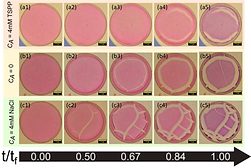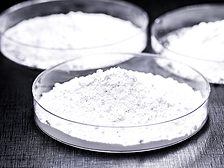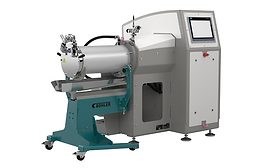Home » Keywords: » Viscosity Control
Items Tagged with 'Viscosity Control'
ARTICLES
Antimony-Doped Tin Oxide-Based Antistatic Coatings vs. PEDOT and Fluorinated Anion-Based Antistatic Additives
Read More
New White Pigments Ideal for Cool Roof Coatings
Benefits Include Enhanced Aesthetics and Improved Economics
Read More
Keep the info flowing with our eNewsletters!
Get the latest industry updates tailored your way.
JOIN TODAY!Copyright ©2025. All Rights Reserved BNP Media.
Design, CMS, Hosting & Web Development :: ePublishing










